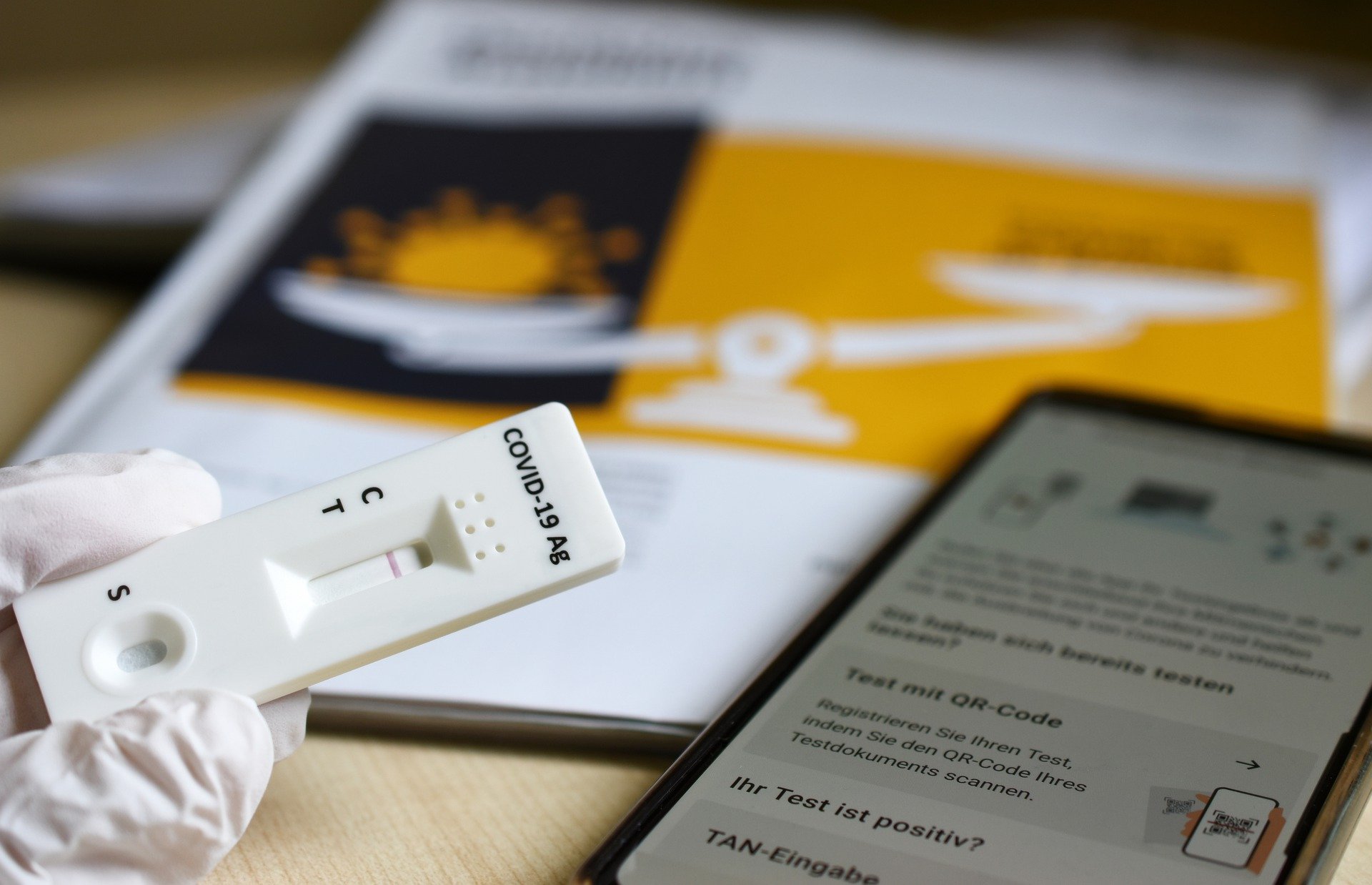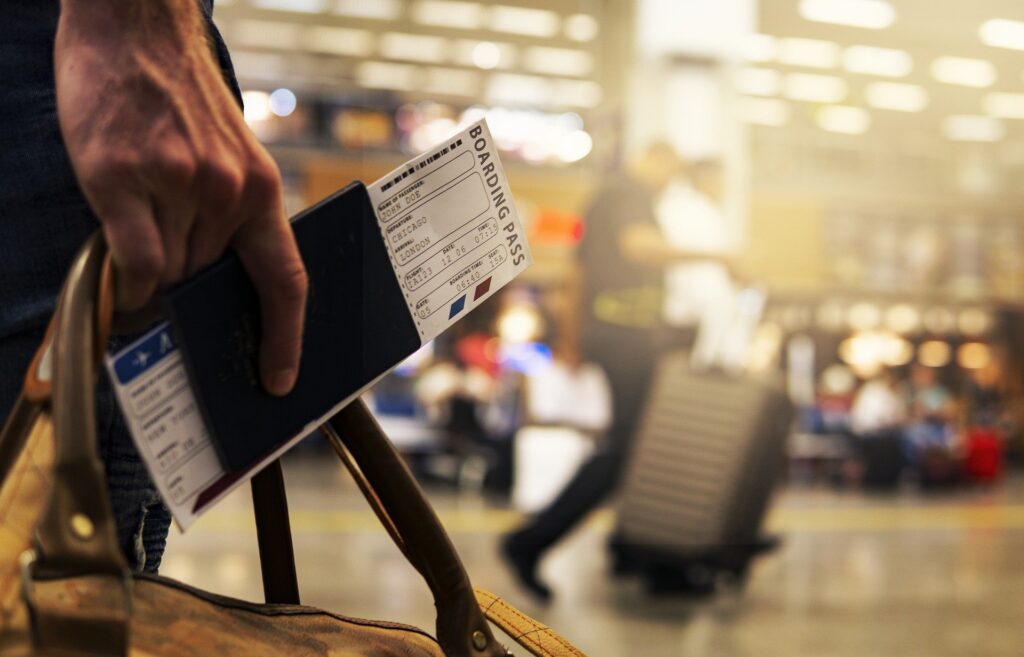According to a Charité virologist, the validity of corona rapid and self-tests can be relatively easily affected by high temperatures and temperature fluctuations. Users, as well as sellers and providers of such tests, should be sure to observe the storage temperature specified in the package insert and be aware of the limitations, said Jan Felix Drexler of the Institute of Virology at Berlin University Hospital.
“It should not get too hot. Self-tests should not be left directly by the window in the sun or carried around in your pants pocket in the summer.” Storing tests in the refrigerator and then using them in the heat can also falsify results, he said.
As a rule, manufacturers recommend storage between 5 and 30 degrees and application at room temperature, usually between 15 and 30 degrees, Drexler said. However, according to data the professor and colleagues published in the Journal of Clinical Virology, even lower or higher temperatures for a short time are enough – and some of the tests studied show a false result.
Condensation possible reason for false results
According to the study, both the so-called sensitivity and the specificity of such tests can be impaired. This means that infected persons can falsely receive a negative result – and healthy persons, conversely, a positive one. Drexler explained that condensation, for example, can be a reason for the falsification.
“The results of our study do not mean that people should not use rapid tests at all,” Drexler said. “But people should be aware that it is only a measure to reduce risk. A negative result is not a free pass.” Mishandling tests now should not put the hard-won relaxations at risk.
Rapid and self-tests are less reliable than laboratory tests (PCR) anyway. Positive results should therefore always be checked in the laboratory. As Drexler pointed out, incorrect sample collection, but also precisely incorrect storage, can lead to further impairment.
- source: ntv.de/picture: pixabay.com
This post has already been read 1193 times!



